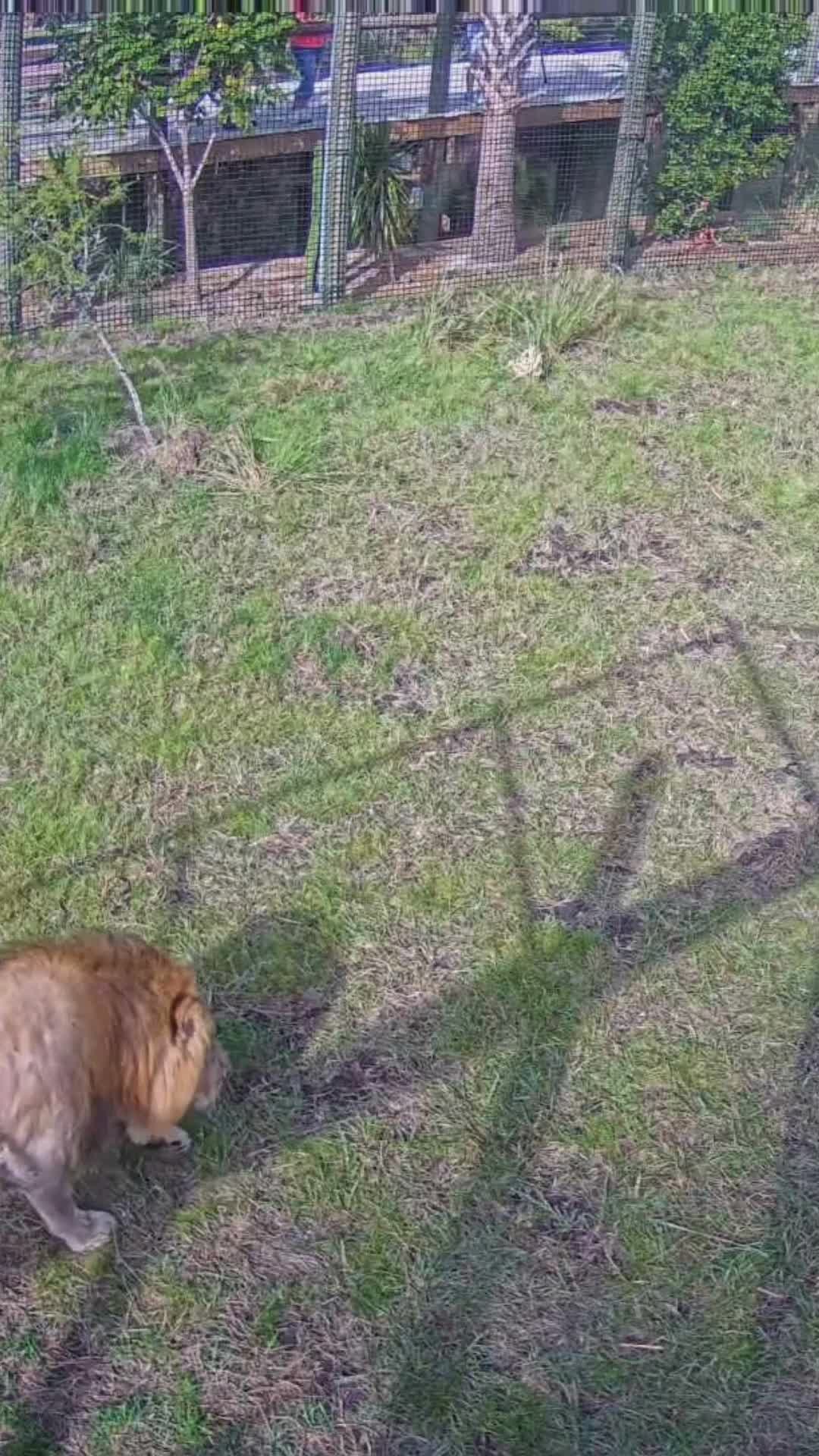- The social behavior and bonding rituals of lions, focusing on “lion cuddle piles” as a natural phenomenon observed in wild and captive environments.
- The role of lion cuddle piles in enhancing the welfare and social structures of lions in zoos and conservation programs.
- The importance of understanding lion social dynamics for effective wildlife conservation efforts and its implications for preserving lion populations in the wild.
- The intersection of zoology, zoo management, and wildlife conservation to optimize environments that promote natural behaviors like lion cuddle piles.
- Initiatives and strategies adopted by modern conservationists and zookeepers to foster environments that replicate natural habitats, ensuring the survival and wellbeing of lion populations.
Animal lovers and wildlife enthusiasts are often fascinated by the social behaviors of big cats, and lions, in particular, have always charmed with their complex social dynamics. The phenomenon famously referred to as the “lion cuddle pile” is a heartwarming and fascinating aspect of these majestic creatures. Such gatherings reflect both the intricate social structures of lion prides and their unique behavioral traits.
Lion cuddle piles are large groups of lions resting together closely. In the wild, these cuddle piles serve critical functions beyond their endearing appearance. They are an integral part of the lion’s social life and are essential for reinforcing bonds within the pride. Lions are highly social animals, living in prides led by one or more dominant male lions and composed of several females and their offspring. Cuddle piles often occur during resting periods where physical closeness is necessary to maintain social bonds and hierarchies. This behavior facilitates cooperation, which is crucial for hunting and protection from rival prides or predators.
In the context of zoos and conservation programs, lion cuddle piles play a pivotal role in enhancing the welfare and social structures of captivities’ lions. Zoos provide a controlled environment where researchers can closely observe and study these dynamics, offering invaluable insights into the needs of lions in captivity. Maintaining social cohesion is paramount for the psychological well-being of lions. Without proper social interaction, lions can become stressed or exhibit negative behaviors. Zoo management teams have recognized the importance of replicating these group behaviors. Environmenessional-collaborative effor structure to observe lifelong emotional and social needs.
Further, understanding these behaviors sheds light on broader conservation efforts. The protection of lions involves preserving their natural habits and habitats. Lion populations in the wild face threats such as habitat loss, human-wildlife conflict, and declining prey numbers. Conservation programs aim to address these issues by fostering environments that allow captive lions to express their innate behaviors, ultimately helping prepare animals for reintroduction into the wild if such opportunities arise.
The interaction between zoology, zoo management, and wildlife conservation is crucial for fostering environments conducive to natural lion behaviors like cuddle piles. Zoologists study and analyze social patterns, helping to refine practices within zoological institutions. Meanwhile, conservationists and zookeepers work tirelessly to recreate conditions that promote natural interactions, with the goal of enhancing overall health and social structures. It is a collaborative effort that underscores the interdependence of scientific study and practical application in conservation.
Modern conservation strategies highlight the importance of replicating natural habitats. Creating environmental enrichment within zoos, such as diverse terrains and spaces that encourage group resting behaviors, is essential. Initiatives often include incorporating varied landscapes, such as grassland clearings and wooded areas that mimic the lion’s natural roaming grounds. These efforts help ensure that lions can display cuddle pile behaviors, contributing to their psychological well-being and mimicking the natural complexities of their wild existence.
Educational programs also play a critical role. They raise awareness of the importance of conservation efforts and inspire involvement from the public. Engaging zoo visitors through demonstrations or informational sessions about lion social behaviors can also foster support for conservation work. By educating visitors on the importance of behaviors like cuddle piles, zoos and conservation organizations can garner broader support for preserving lion populations worldwide.
In summary, the phenomenon of lion cuddle piles is much more than an adorable display. It is a vital expression of their social nature. Understanding, fostering, and maintaining these behaviors is essential in both captive and wild environments. Collaboration between zoological institutions and conservation programs is key to supporting lions’ natural behaviors, thereby aiding in the survival and prosperity of this iconic species.
*****
Source Description
We’d be lion if we said we didn’t love a lion cuddle pile. 🦁


